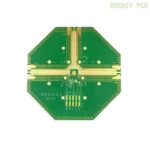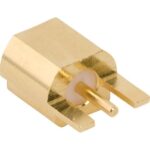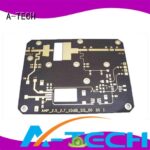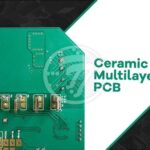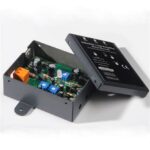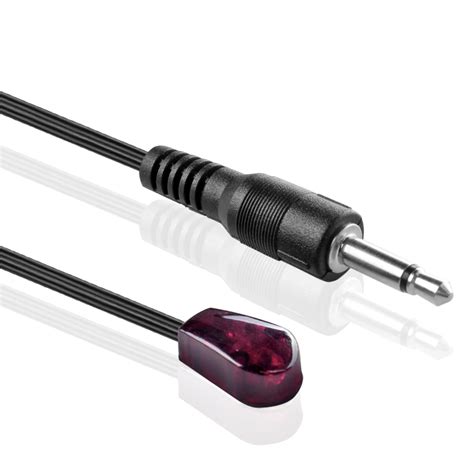
ALL ABOUT FLEX PCB
-
Ir Blaster: How to Understand and Use IR Blaster
Posted by
–
 Read more: Ir Blaster: How to Understand and Use IR Blaster
Read more: Ir Blaster: How to Understand and Use IR BlasterWhat is an IR Blaster? An IR Blaster, short for Infrared Blaster, is a device that emulates an infrared remote control to autonomously control a device that is normally controlled only by remote control key presses. In simple terms, it’s a gadget that can control devices like TVs, air conditioners, […]
-
Kicad Tutorial-Simple And Valuable Fundamentals
Posted by
–
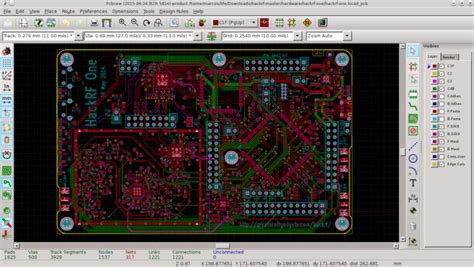 Read more: Kicad Tutorial-Simple And Valuable Fundamentals
Read more: Kicad Tutorial-Simple And Valuable FundamentalsIntroduction to Kicad Kicad is a powerful, open-source electronic design automation (EDA) software that allows users to design printed circuit boards (PCBs) from scratch. It is a cross-platform tool that runs on Windows, Linux, and macOS, making it accessible to a wide range of users. Kicad is an excellent choice […]
-
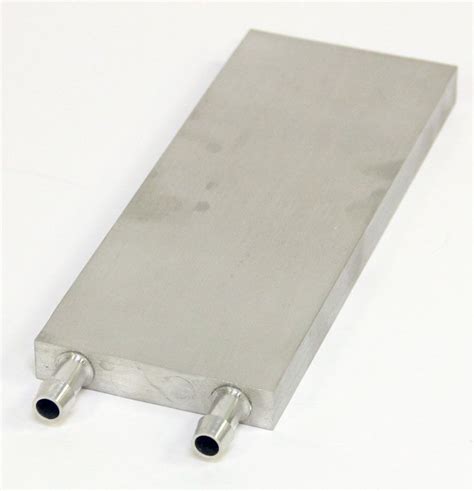 Read more: DIY Thermoelectric Generators: The Working Principle and How to Make One
Read more: DIY Thermoelectric Generators: The Working Principle and How to Make OneIntroduction to Thermoelectric Generators Thermoelectric generators (TEGs) are devices that convert heat directly into electrical energy through a phenomenon called the Seebeck effect. These generators have gained popularity in recent years due to their potential for harvesting waste heat and providing a clean, renewable energy source. In this article, we […]
-
Ripple Carry Adder: Everything You Need to Know
Posted by
–
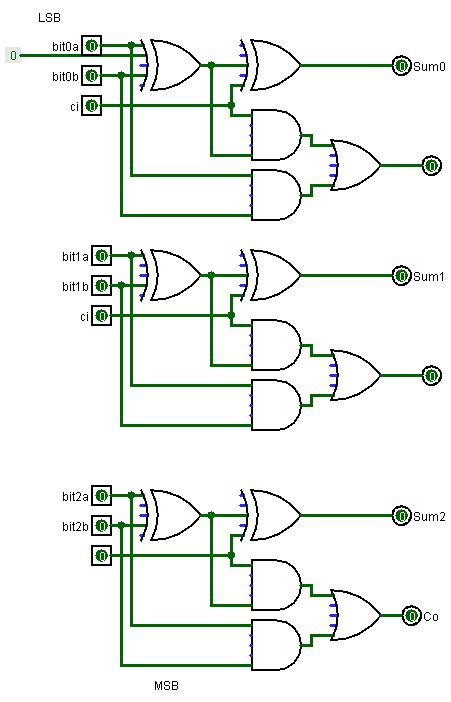 Read more: Ripple Carry Adder: Everything You Need to Know
Read more: Ripple Carry Adder: Everything You Need to KnowIntroduction to Ripple Carry Adder A Ripple Carry Adder is a digital circuit that performs the arithmetic operation of addition on binary numbers. It is one of the most basic and fundamental building blocks in digital electronics and computer architecture. The ripple carry adder gets its name from the way […]
-
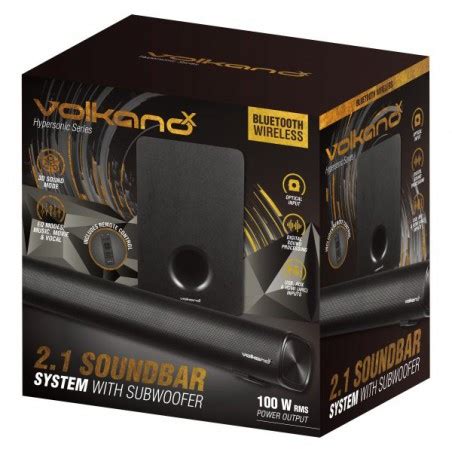 Read more: Hypersonic Sound System: The Complete Guide for HSS
Read more: Hypersonic Sound System: The Complete Guide for HSSIntroduction to Hypersonic Sound Hypersonic sound (HSS) is a groundbreaking technology that has revolutionized the way we experience audio. Unlike traditional speakers that disperse sound in all directions, HSS focuses sound waves into a narrow beam, allowing for precise targeting of audio to specific locations. This innovative approach to sound […]
-
Pcb Antipad: Should You Use It for Your Designs?
Posted by
–
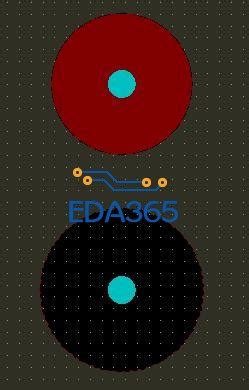 Read more: Pcb Antipad: Should You Use It for Your Designs?
Read more: Pcb Antipad: Should You Use It for Your Designs?What is a PCB antipad? A PCB (Printed Circuit Board) antipad, also known as a thermal relief or thermal isolation pad, is a design feature used in PCB manufacturing to improve the reliability and manufacturing process of the board. It is a small, non-conductive area around a hole or via […]
-
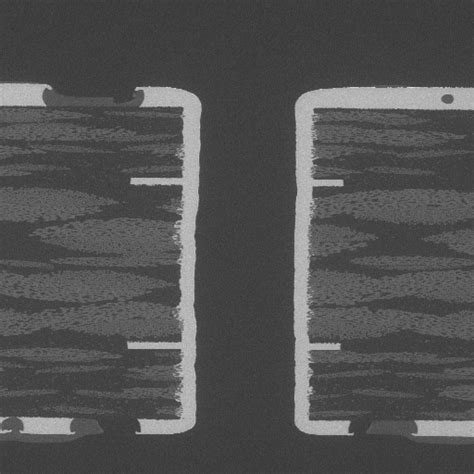 Read more: Through-Hole – Why It is Still Relevant in PCB Designs?
Read more: Through-Hole – Why It is Still Relevant in PCB Designs?Introduction to Through-Hole Technology Through-hole technology has been a fundamental part of printed circuit board (PCB) design for decades. Despite the rise of surface mount technology (SMT), through-hole components and techniques remain relevant in modern PCB designs. This article explores the importance of through-hole technology, its advantages, and its applications […]
-
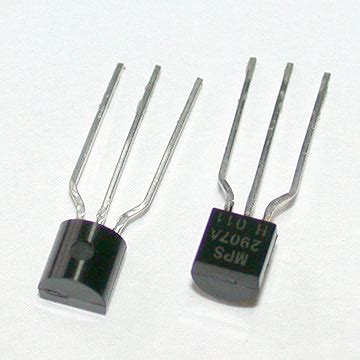 Read more: Thyristor vs. Transistor: Key Points to Distinguish the Two
Read more: Thyristor vs. Transistor: Key Points to Distinguish the TwoIntroduction Thyristors and transistors are two fundamental semiconductor devices used in a wide range of electronic applications. While both devices are used for switching and amplification purposes, they have distinct characteristics and operating principles. In this article, we will explore the key differences between thyristors and transistors, their applications, and […]
-
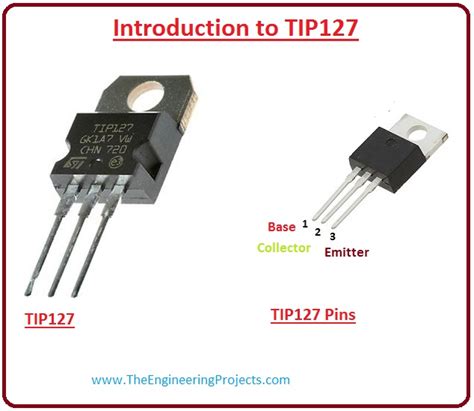 Read more: Tip122 Pinout: Guide to What it is, Features, and How to Use it
Read more: Tip122 Pinout: Guide to What it is, Features, and How to Use itWhat is the TIP122 Transistor? The TIP122 is a high-voltage, high-current NPN Darlington transistor. A Darlington pair essentially consists of two bipolar transistors connected in a cascade configuration, giving it a very high current gain. This allows the TIP122 to switch large currents using a relatively small input current, making […]
-
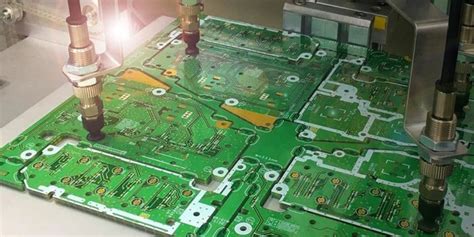 Read more: The Most Comprehensive Guide You Need Most About PCB Annular Ring
Read more: The Most Comprehensive Guide You Need Most About PCB Annular RingWhat is a PCB Annular Ring? A PCB annular ring, also known as a pad or land, is the copper area that surrounds a drilled hole on a printed circuit board (PCB). The annular ring provides electrical connectivity between the component lead or pin inserted into the hole and the […]
